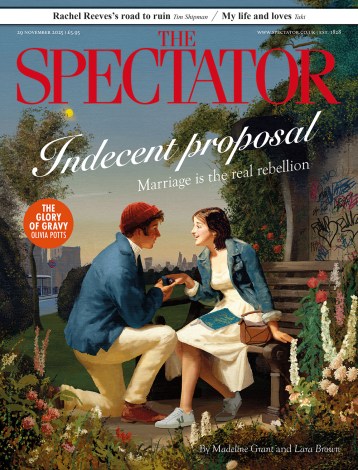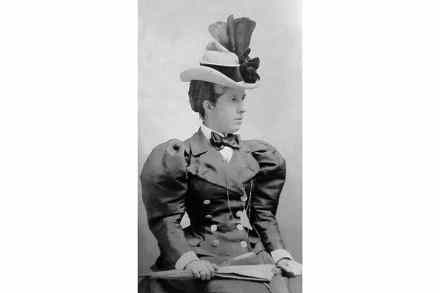Malice and intrigue in the shadow of Tom Tower
‘The House’ in the title of Richard Davenport-Hines’s engaging new book is Christ Church, by any reckoning the grandest of Oxford’s colleges. The place has always been, he notes, akin ‘to an autonomous duchy within a larger federated kingdom’, and thus ‘a separate realm of memory’. Notoriously, its teachers and researchers are referred to not (in the usual Oxford way) as Fellows but as Students. That fact may be thought as good an illustration of its eccentricity as of its charm. This book isn’t a history of the House, as such, but a more concentrated series of biographical essays about ‘a select and self-regulated group of men who taught modern


